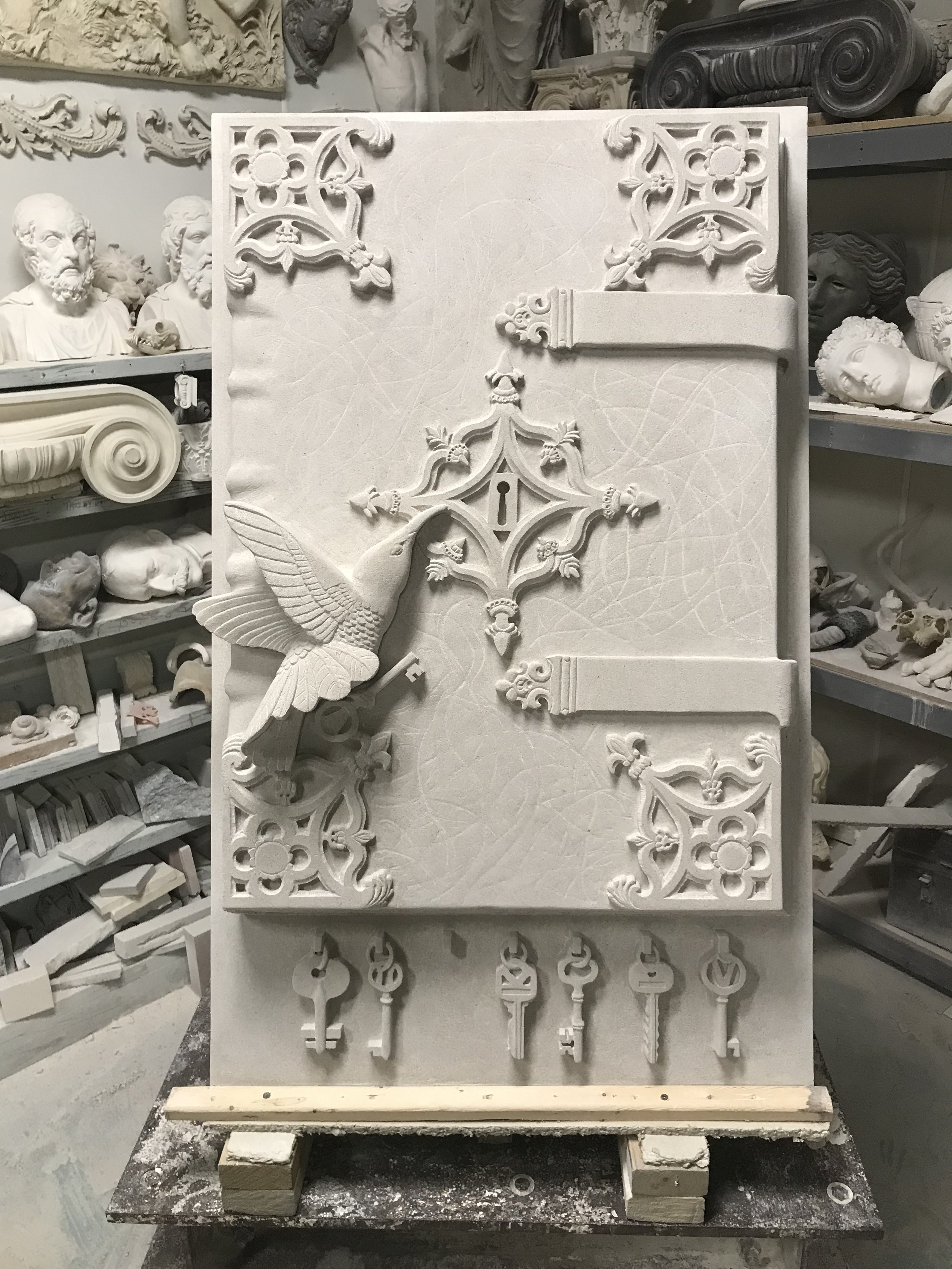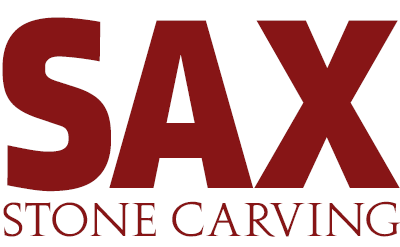Celebrating 25 Years!
2025 Session 1
August 11-17, 2025 Intermediate/Advanced
Instructors Tim Lehmann, Petro Hul, and Mark Saxe
Session 1 is open to experienced carvers. Lunch is included. Stone and tools may be purchased on site. Please contact Mark Saxe if you have questions: 505.579.9179
Session 1 students may stay for up to five additional days (additional $75 per day, charged separately) to continue working on their projects. Lunch and instruction are not provided during the extension.
Register Now Session 1 TUITION $1250 + tax
2025 Session 2
September 13-19, 2025 Beginning/Intermediate/Advanced
Instructors Tim Lehmann, Petro Hul, and Mark Saxe
Session 2 includes an orientation session for new students and demonstrations of tools and techniques. Beginning students will carve either a mortaio (traditional Italian mortar) or a portrait/bust.
Stone for one’s project is included, and tools are available to rent or purchase. Lunch is not included.
Register Now Session 2 TUITION $1100 + tax
Each session provides dedicated time to concentrate on one’s project while working alongside fellow stone carvers in a supportive environment. Quality stone carving tools from around the world are available for purchase on site. We also stock a variety of carving stone, including marble, limestone, etc.
Read more about guest instructor, Tim Lehmann (scroll down),
workshop founder and director, Mark Saxe,
and lead staff member Petro Hul.
WORKSHOPS OVERVIEW
From our auspicious beginning in 2001, three days after 9/11, with White House carver Patrick Plunkett as our first guest instructor, Sax Stone Carving Workshops have evolved into an institution widely recognized for the level of instruction and the quality of our teachers. We have welcomed such accomplished instructors as Alexandra Morosco, Frank Haufe, Fred Brownstein, Gary Haven Smith, Joseph Kincannon, Karin Sprague, Kazutaka Uchida, Kelly Jamison, Matt Auvinen, Nicholas Fairplay and Patrick Plunkett. Among them are American, English, German, and Japanese instructors, each of whom has left his or her own mark, and whose knowledge, skills and aesthetic have become part of the cumulative workshop experience.
Our workshops are small compared to most stone sculpture symposia, and the focus is on education. Our student to staff ratio is typically 5 to 1 or better. Throughout the day, staff instructors circulate to make suggestions, help solve a tactical problem, point out a book in our library, offer an approach, or share an idea.
Every student gets his or her own outdoor banker (carving table), a shaded tent area, electricity, and air. A generous piece of limestone is provided as part of the tuition, but a large variety of other stones are also available for sale. Everyone is encouraged to have a basic set of carving tools. The workshop has a fantastic selection of carving tools from England, France, Germany, Italy, Japan, and the US, for sale. For beginners, it is a good idea to wait to buy tools until you have some guidance from a professional. It is easy to waste money on inappropriate tools. In the class, you will have time to try before you buy.
Every morning, we have individually wrapped snacks and hot coffee and tea for you to fill up your own thermos. We have a small meeting in which we outline the day’s events and address any questions students may have. The rest of the day consists of demonstrations, carving time, homemade lunch, followed by more carving with an optional film or power point presentation.
Every year we learn something new and a better way of doing things. We have a track record of taking feedback and incorporating the best suggestions. The classes are participatory, meaning that everyone has the chance to shape not only his or her experience but also the experiences of those who follow.
We are of the philosophy that there is more than one way to do things, but we do believe there is a right way to learn. Sometimes the roundabout approach is better than the straight away. After all, the most lasting lessons are those that are learned by making mistakes, by experimenting, and by pushing the envelope.
Our students have ranged in age from 14 to 94, and dedicated returning students account for over 50% of our attendance. Some students have attended classes from the very beginning, and many students have taken five, ten, twenty, or more classes with us.
We want our students to make what they came to make and what they want to see, be it a bird, a portrait, a carved word, an angel, an abstract shape, a bowl, or the ripples on an ocean shore.
–Mark Saxe
Applicants are accepted on a first-come, first-served basis upon receipt of tuition.
Please inquire about financial assistance and work scholarships for students under 30 years of age. We award a limited number of full scholarships.
If a pre-registered applicant has a change of plans, a refund, subject to a $50 cancellation fee, will be made if the applicant's position can be filled from the waiting list. In order to qualify for a refund, applicant must provide notification of cancellation at least days fourteen days prior to the workshop start date. In the event of the cancellation of the workshop due to unforeseen circumstances, all payments will be refunded in full. We assume no responsibility for travel costs.
Tim Lehmann
2025 guest instructor
has been carving stone professionally for over thirteen years. He began learning architectural carving from master carver Joseph Kincannon in Texas, and has since received advanced marble training under acclaimed sculptor Martin Foot in Italy. Tim has worked as a journeyman carver in traditional studios, as an artist in residency, and as a lead carver in an internationally-recognized stone art fabrication shop. He has worked on all manner of public and private jobs, commissions and restorations, and has contributed to the work of world-renowned artists such as Charles Ray, Ann Hamilton, Maya Lin, and Sanford Biggers. He prides himself on “fearing no stone” and has developed an expansive repertoire of techniques, skills, and tool knowledge which can address any carving challenge in nearly any stone media. These specialties include fine marble chiseling and surface treatments, carving and finishing granite, roughing out and working stone by volumes, and the use of fluid chisel movements for subjects such as hair, drapery, and water. His personal interests and specialties include botanical carving, relief carving, and direct carving from life.
Image: Frederick Douglass bust study, Carrara marble, courtesy Tim Lehmann

Rhode Island State House bracket - Georgia marble, photo courtesy Tim Lehmann

Vanderbilt Hummer - Indiana limestone, photo courtesy Tim Lehmann

Marine Garland - Leuders limestone, photo courtesy Tim Lehmann

Whipping Post Stump with Rose and Ivy - Carrara marble, photo courtesy Tim Lehmann
MORE INFORMATION
Click here to read Mark's article about stonecarving in the July 2014 issue of Slippery Rock Gazette.

